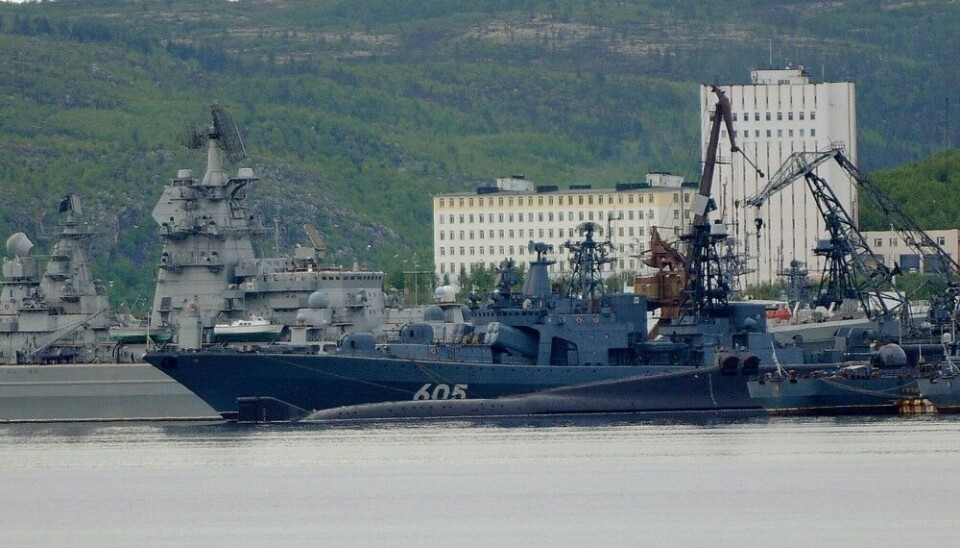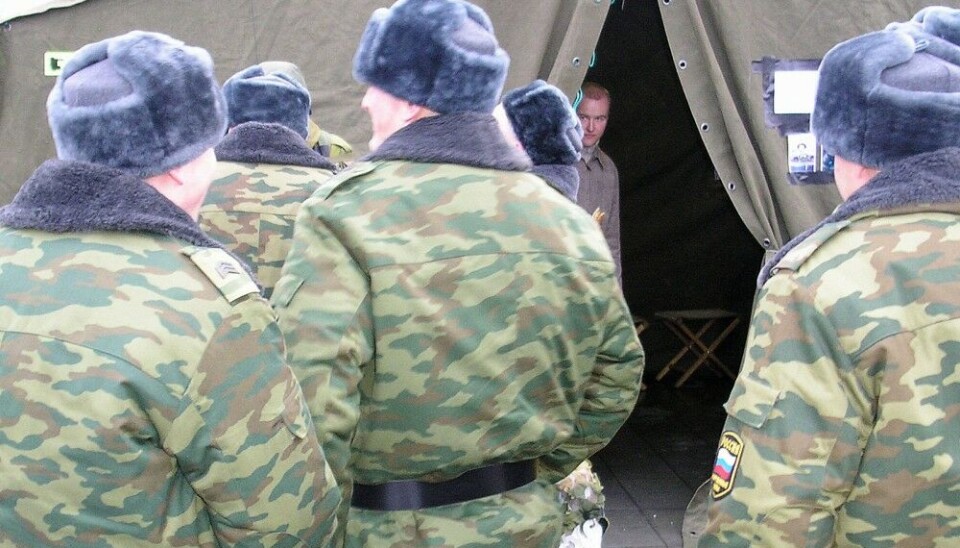
With Finland in NATO, Russia restructures forces, depriving the Northern Fleet of the status as a military district
This is a response to NATO enlargement in Northern Europe and expected further changes in allied defense posture, says Professor Katarzyna Zysk with the Norwegian Institute for Defence Studies.
On October 8, the Defense Ministry presented a draft presidential decree that would deprive the Northern Fleet of its status as a military district.
If approved, the Northern Fleet will be absorbed into a renewed Leningrad Military District following the decision to split the Western Military Districts and reactivate Moscow and Leningrad like it was before 2010.
The Northern Fleet Joint Strategic Command was given the status of a military district on 1 January 2021, a move seen to mirror the importance of Russia’s Arctic regions. In geographical size, the Northern Fleet is the third largest of the five military districts.
Defense Minister Sergei Shoigu last December said “retaliatory measures are required” as both Finland and Sweden join NATO.
“Given NATO’s desire to build up military potential near the Russian borders, as well as to expand the North Atlantic Alliance at the expense of Finland and Sweden, retaliatory measures are required to create an appropriate grouping of troops in Northwest Russia,” Shoigu said.
Prepares for full-scale
Katarzyna Zysk, a professor with the Norwegian Institute for Defence Studies (IFS), agrees that the ongoing restructuring is linked to the fact that Russia has got a much long land-border with NATO.















